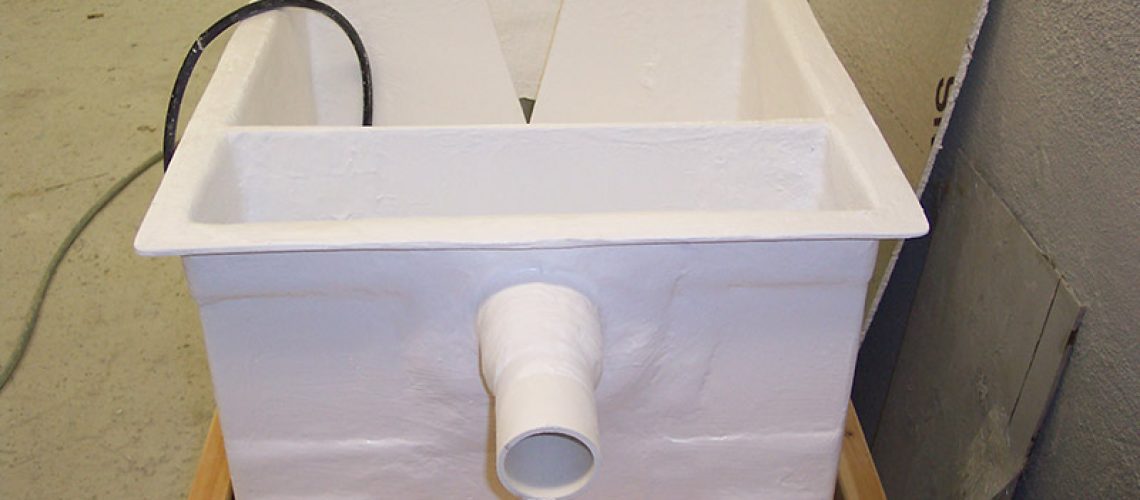If you’re looking to get a weir for your flow channel, there are a few things you’ll need to know before you can discover which design is the best fit for you. Even before that, however, you’ll need the necessary tools to do the proper research. A lot of uncommon terms are used when describing weirs, and you’ll need to learn them all before you can properly determine which weir is best for your needs. Learn the basics of weir flow vocabulary.
- Products
- Fiberglass Shelters
- Equipment Enclosures
- Resources
Chemical Contact Weirs
Read More →What Are Chemical Contact Weirs?
Chemical contact weirs are critical components in water treatment systems, designed to facilitate the efficient introduction and distribution of chemicals ... - Company



